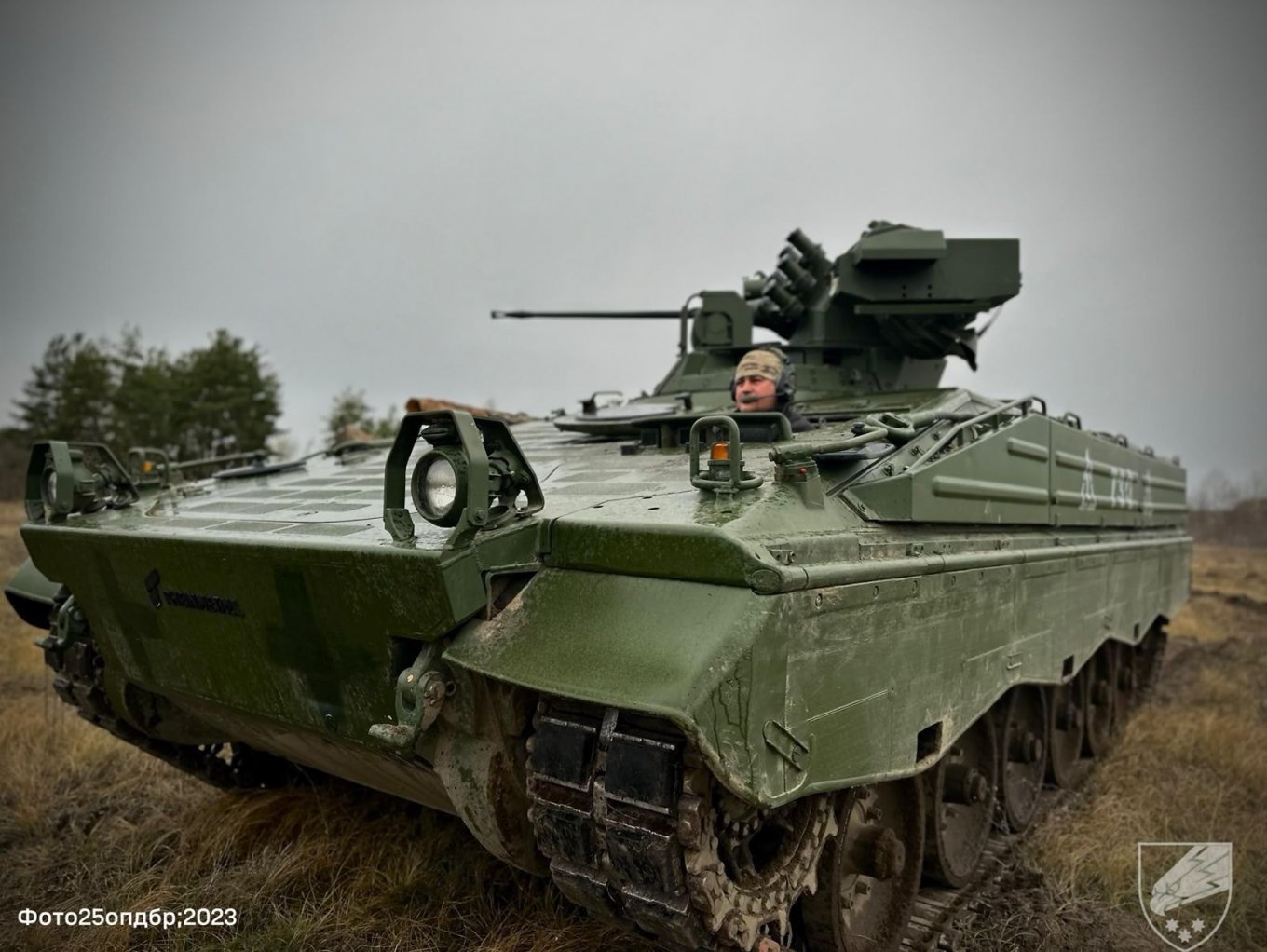An open-source intelligence (OSINT) analyst who goes under the pseudonym Just BeCause has published a calculation of armored vehicles' stockpile resting at long-term storage facilities across Western Europe. The analysis aimed to find out whether European countries could sustain Ukraine’s defense needs if the new administration of the United States were to significantly reduce military support.
While the original research is available here, a brief summary looks like this: there are a total of several hundred armored personnel carriers, infantry fighting vehicles, self-propelled artillery systems, and tanks left mothballed in European countries. But actually handing them over would come with nuances and pitfalls, analyzed below.
Read more: OSINTers Counted 339 Artillery Rocket Systems Remaining in russian Storage, But Let's Clarify a Bit

So, according to the findings, in Germany, the FFG company has around 100 Leopard 1 tanks in reserve, while possessions of Rheinmetall are only outlined as "significant stockpiles of Leopard 1 tanks and Marder IFVs in indoor storage."
Italy, which used to store approximately 1,000 M113 armored personnel carriers in 2021, now retains about 440. Theoretically, those could keep Ukraine supplied with armor for a long period of time.

Particularly interesting is the United Kingdom's inventory: around 40 Challenger 2 tanks, 10 AS90 self-propelled guns, 150 mine-resistant ambush-protected (MRAP) vehicles, and 100 Warrior infantry fighting vehicles.
Next up is France, which maintains a specialized armed forces department for equipment storage called Le Matériel. In short, it reportedly has up to 200 F1 self-propelled guns and 200 AMX-30 tanks available for potential deployment.
All in all, all the general numbers of armored vehicles across storage facilities in Europe can be seen in the screenshot below.

However, after assessing the total numbers, we must take into account their condition which might be way worse than expected. For some reason, it is assumed by default that Western armies have a higher culture of equipment storage than the russian federation does, but the reality often proves otherwise.
Just to name a few examples: in 2010–2014, London found out that 43 Challenger 2 tanks were in such poor condition it would be cheaper to dispose of them than try to refurbish the vehicles, and so they did scrap them. There was also a story from Defense News last year telling how the U.S. Army lost over $1.8 billion worth of spare parts for Abrams, Bradley, and other armor due to poor storage.
Therefore, it is quite possible that many of the vehicles in European storage could serve only as spare parts donors rather than as fully operational assets.
Additionally, technical challenges may arise from the fact that many of these vehicles, such as the British Warrior IFV, French AMX-30 tank, and F1 self-propelled artillery system, have not been deployed to Ukraine before. Introducing these platforms could create logistical hurdles in terms of maintenance, training, and integration into Ukraine’s existing military structure.

Read more: Researchers Counted Remaining T-80 MBTs in russian Storage, Enough to Keep the Army Supplied Until 2026













